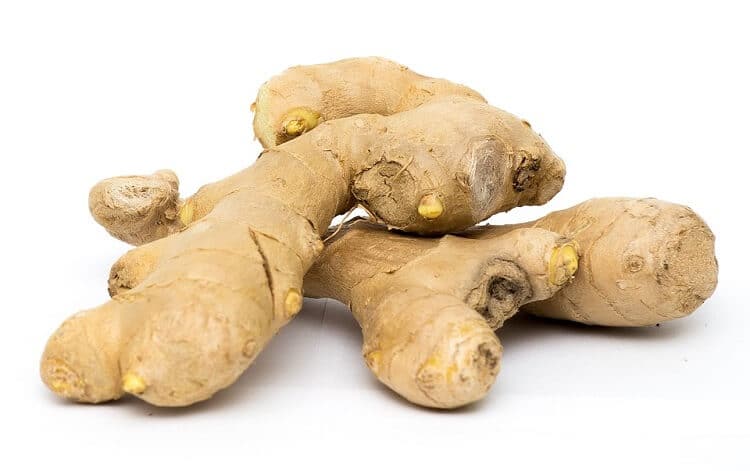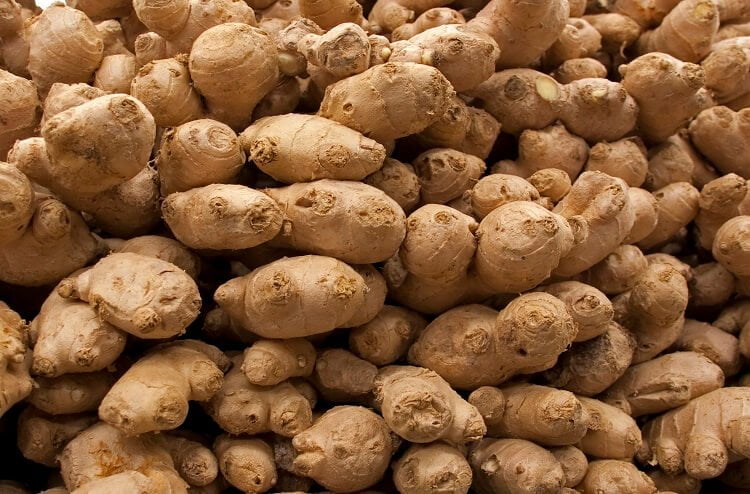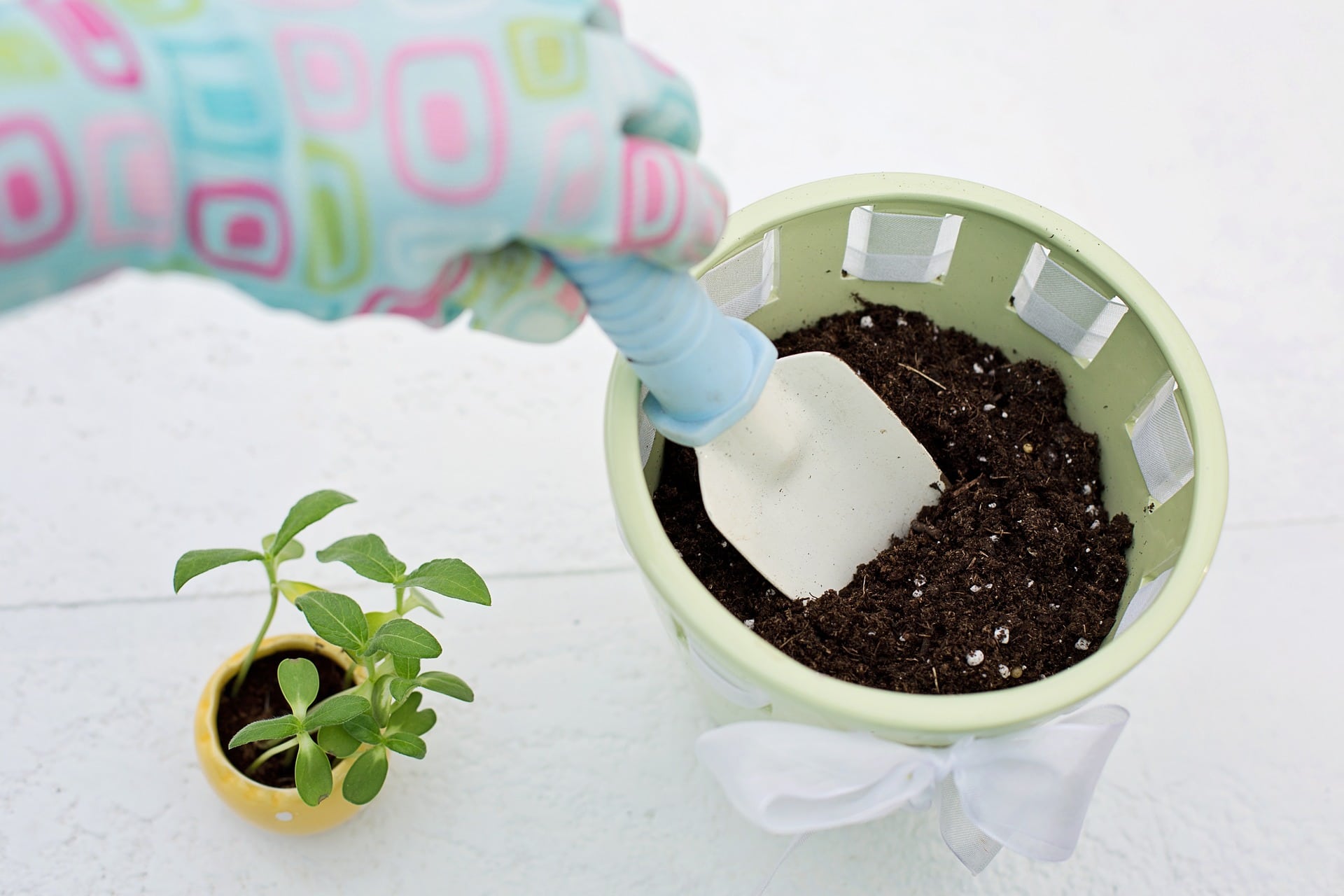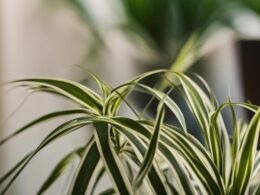Can I Use the Same Step by Step Guide for Growing Ginger as I Would for Growing Hydrangea Paniculata Flowers?
When it comes to growing ginger and growing hydrangea paniculata flowers, the step-by-step guides may vary significantly. While ginger requires warm temperatures and indirect light, hydrangea paniculata flowers thrive in cooler climates with moderate sunlight. Therefore, it is important to follow specific instructions tailored to each plant to achieve successful growth.
How to Grow Ginger with Minimum Effort
1. Choose the Right Time to Plant
When learning how to grow ginger, remember that it is a tropical plant. As such, it can’t survive frost. The best moment for planting is when the last spring frost has ended. If you live in the tropics, then the best idea is to do it at the start of the wet season. In case you live in an area where the growing season is short, then you should grow the plant indoors.
2. Choose the Plant
Naturally, there are plenty of varieties of ginger. The most common one is Zingiber officinale. If you want to grow this one, the easiest thing is to get some ginger root from the closest grocery store you have. At the plant nursery, you can find some other varieties, namely ornamental ginger plants that have vibrant flowers. However, these cannot be eaten. For the best results, you should choose the rhizomes that don’t have wrinkles and look plump. At the end of their “fingers|, they should have visible eyes. If they started turning green, this is ideal, but it will work without it as well. Just like it’s better for your garden to buy organic seeds, it’s better if you buy organic ginger.3. Cut the Rhizome
This step is optional and you only need to do it if you plan on growing more than one plant. Use sanitized shears or a knife to cut the ginger. For a separate plant, you need to cut at least 1 inch (2.5 cm) wide pieces. Also, they must include one or more eyes. After you cut them, you should leave them somewhere dry to heal. You will notice the plant will form a protective callus over the surface you cut, which prevents any infection.4. Prepare the Soil
Ginger does best in a well-draining, high-quality soil. The best thing to do when learning how to grow ginger is to mix your garden soil with well-rotted compost in equal quantities. If you know your soil is heavy in clay or it has a poor quality, it’s better to get some rich soil instead. A good alternative when choosing how to plant ginger is to use a starting tray. Fill it up with coconut fiber or sphagnum moss. They are great choices because they drain well, so young plants won’t rot. When the roots and leaves are formed, you will need to transplant the plant. This can be quite problematic for it. You may need to use a heat source (such as a heat mat) to maintain a temperature of 70 degrees F for the ginger.
5. Choose the Place
Generally, ginger plants prefer to grow in partially shady areas, enjoying only the morning sun. Make sure they are not placed next to any large roots. It’s important to choose a growing location sheltered from moisture and the wind. However, it shouldn’t be swampy. For plants who haven’t germinated yet, the temperature should be warm, something between 71 and 77 degrees F (which equals 22-25 degrees C). If you decide to grow the plant in a pot, you should choose one with a minimum depth of 12 inches (30 cm). Plastic is a better option than terra cotta, but you need to pierce drainage holes in the base.6. Plant Ginger
Now we reach the most important of our guide on how to grow ginger: planting. It is recommended to plant each piece of ginger in loose soil, at a depth of 2-4 inches (5-10 cm). The buds should be pointing upward. If you choose to plant it in rows, remember to keep 8 inches (20 cm) between the pieces. If you want to know how to care for potted plants, then you should know that it’s recommended to place one piece in a large pot of 14 inches (35 cm) in diameter.7. Maintaining the Soil
After you plant the ginger, you should water it lightly. Every day you need to check the soil and to water it before it gets dry. If the soil is soggy, your plants will rot. As such, it’s a good idea to reduce watering if you see that it’s not draining quickly enough. Moreover, think about improving the drainage.8. Keep an Eye Out for Germination
Another thing you should keep in mind when learning how to grow ginger is to be patient. In general, ginger grows slowly, especially if you live outside the tropics. If you’re lucky, you may get a sprout within a couple of days. Even if this happens, don’t stop watering the plant for a minimum of 2 weeks. Even after it germinates, continue the same water treatment.
9. Using Fertilizer
If the ginger is placed in rich soil, you don’t need to fertilize the plant and even more so if you’ve already used compost. Test the soil first (you can use a soil tester) and fertilize according to the result. If you have poor soil or you want it to yield more, use a small amount of liquid fertilizer every year.10. Mulching
After the ginger sprouted, the mulch is useful for keeping it warm, as well as fighting off weeds. Since ginger is a slow grower, weeds can turn out to be a real danger for this plant. If in the growing season you know that the soil temperature drops below 50 degrees F (10 degrees C), then use a thick layer of mulch.11. Let the Soil Dry
Towards the end of the summer and the beginning of autumn, you will notice the ginger stems turning yellow. If you notice this, cut down on the water. After the stems die, stop watering the plant altogether. When learning how to grow ginger, it is important to remember that it might not flower for the first couple of years after planting it. This can also happen if the growing season is rather short.
12. Don’t Harvest Too Early
If you want to enjoy a stronger flavor of the ginger, then you should plant if in the ground. After you notice that the stems have died, dig up the ginger rhizome (but not earlier than 8 months after planting!). The plant will not die if you cut off pieces of it for cooking. However, it’s important to leave some eyes behind. Just like in the beginning, you need to use a sanitized knife to cut the plant. At the same time, young ginger can be harvested 3-4 months after you planted it. You can do so if you intend to pickle it. Even so, take care of it since it can break more easily.13. Prepare the Plant for Cold
When winter is coming, you should bring the ginger indoors. Of course, if you live in the tropics, this is not something you should worry about. Ideally, the ginger plant should be stored in a dry and warm place. If you leave the ginger outdoors, make sure you cover it first with a thick layer of mulch. Do this immediately after the temperatures drop below 50 degrees F (10 degrees C). Indeed, ginger is a perennial plant if it grows in a warm climate, but it can hardly survive frost, if at all. Here you can find a short clip that illustrates the steps on how to grow ginger:Ginger Uses
Now that you know all the steps required for growing ginger, maybe you are asking yourself why should you do it. One of the most convincing arguments is the fact that it has plenty of health benefits. Here are some of the ways in which you can use ginger to boost your health:1. Ginger Tea
A long-time favorite for many people, ginger tea has countless health benefits. Chop the ginger and simmer ¾ teaspoon of it in 1 cup of hot water. Keep it for 5 minutes in a closed teapot.2. Dried Ginger Powder
This is a great idea for various remedies, including homemade cough syrup and cough drops.









